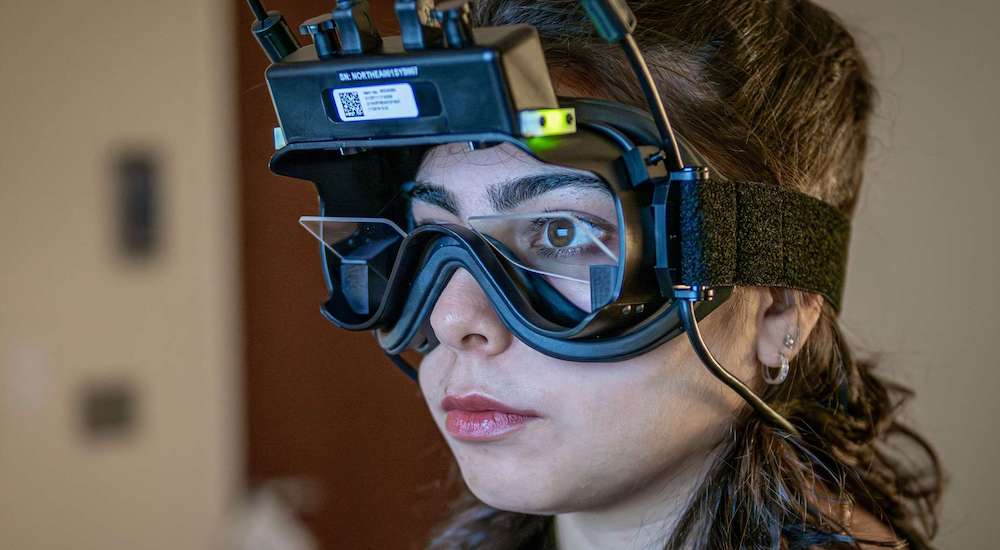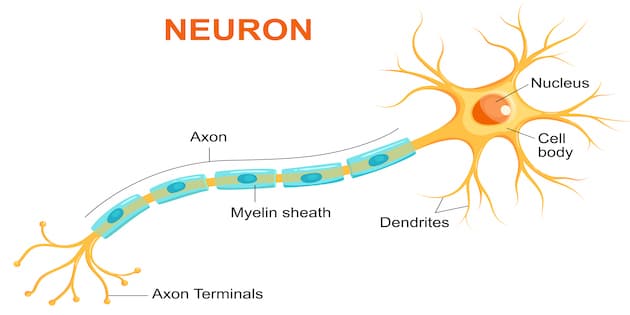Systematic review: risk factors for pediatric tinnitus
Tinnitus
Researchers from the Departments of Otorhinolaryngology-Head and Neck Surgery, Korea University and Seoul National University Boramae Medical Center recently published their findings in the journal The Laryngoscope following a systematic review and meta-analysis of risk factors in pediatric tinnitus.

The authors carried out the research because drug treatments are rarely used in pediatric tinnitus due to a lack of reliable clinical data and experience, like in many areas of pediatric medicine. As a result, identifying and acting on risk factors is essential in this context.
Studies reporting risk factors in pediatric tinnitus were systematically reviewed on the basis of a literature search of the publication databases MEDLINE, PubMed, and Embase. The review covered articles published from database inception to 2016 and that included at least 50 subjects and examined at least one risk factor: age, gender, hearing loss, noise exposure, or smoking.
Eleven studies involving a total of over 28,000 children and adolescents were identified through the review. Overall, increased age was not a significant risk factor but there was a significant correlation between increased age and tinnitus in the adolescent population specifically. The odds ratio (OR) was 1.37 for female gender, 2.39 for hearing loss, and 11.35 for noise exposure. Two of the studies in adolescents showed statistical significance for smoking as a risk factor in developing tinnitus (OR: 6.0).
Source: Lee DY, et al. Risk factors of pediatric tinnitus: Systematic review and meta-analysis. Laryngoscope. 2017 Nov 2.



